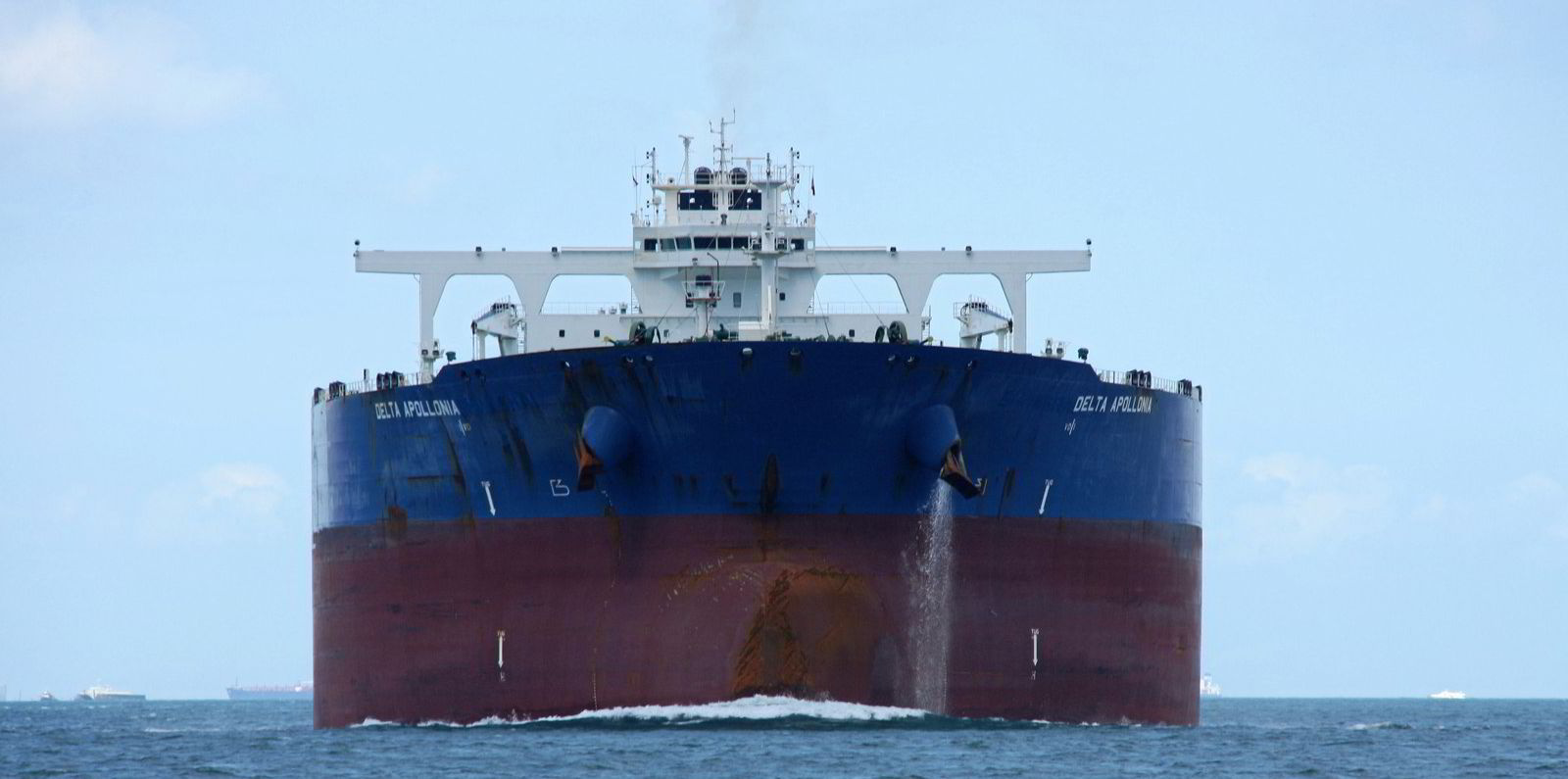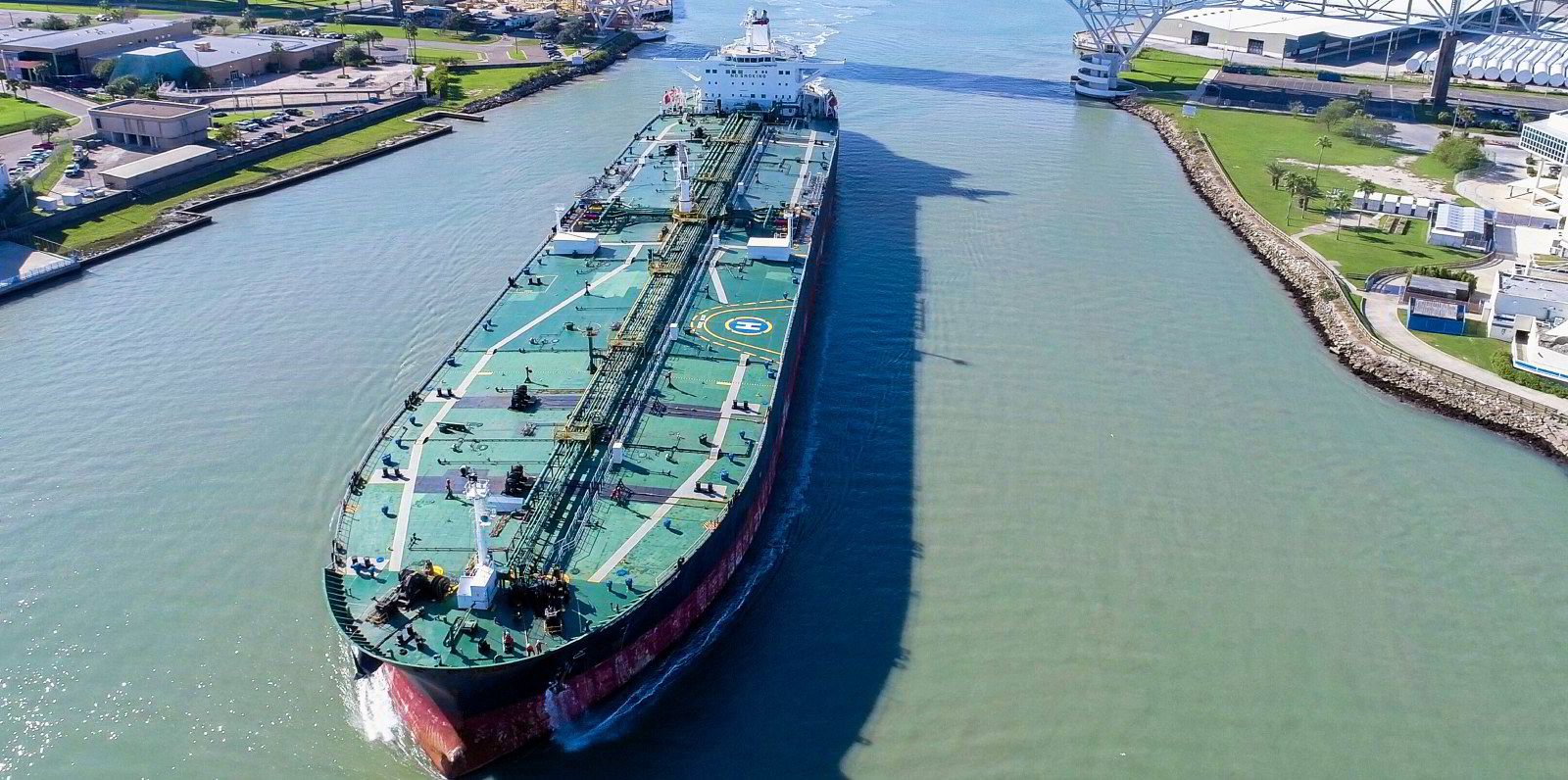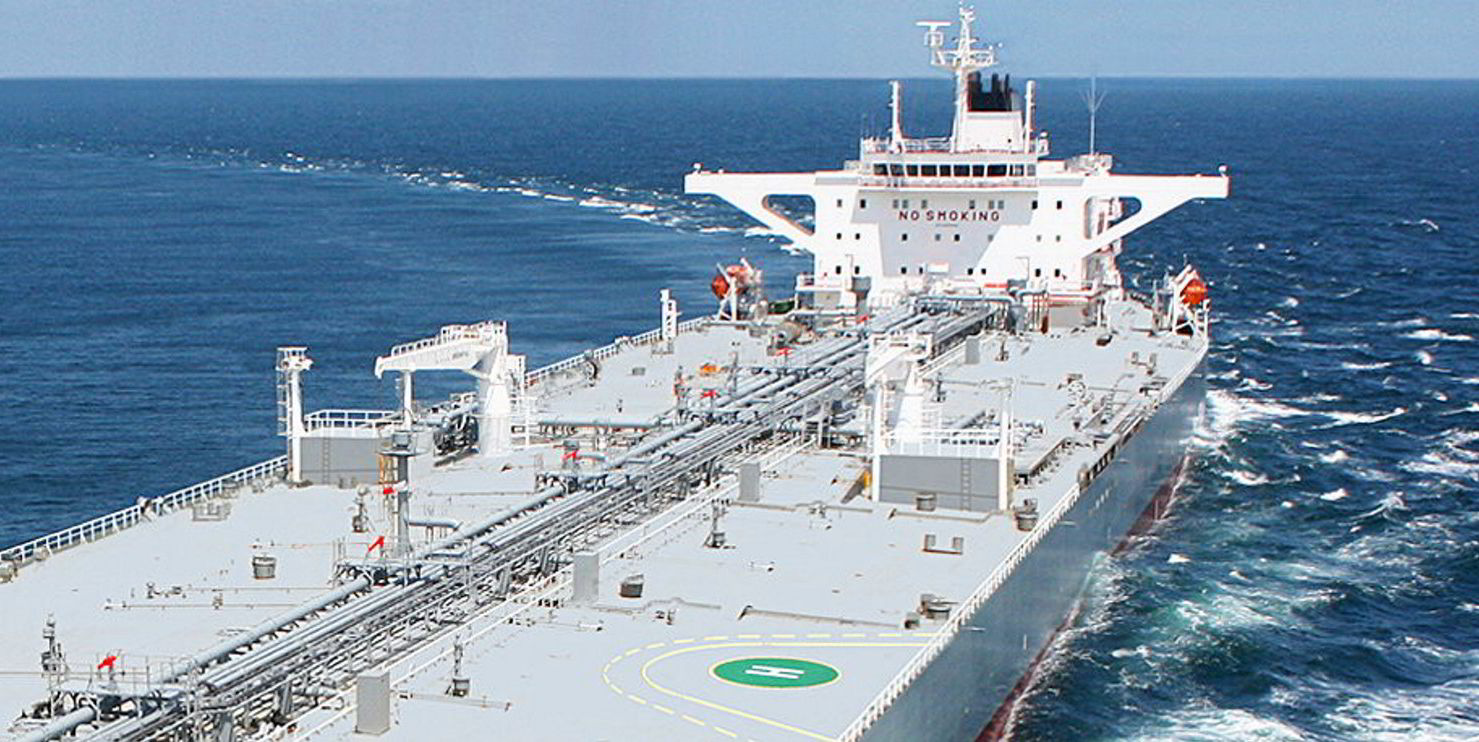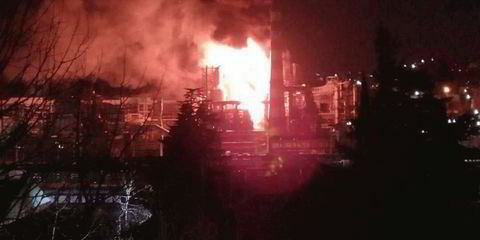Scrubber-fitted tankers’ premium in the spot market is expected to continue, shipbroker Barry Rogliano Salles (BRS) believes.
In a note published on Monday, the French broking house said a VLCC sailing from the Middle East Gulf to China without a scrubber is earning -$12,800 per day, while one with a scrubber is earning a “slightly-less-miserable” $6,000 per day.
BRS said where that spread goes from here depends on the supply of crude and its impact on the spread between very low sulphur fuel oil (VLSFO) and high-sulphur fuel oil (HSFO).
“If the trends indicated by current marine fuel futures curves prove correct, this suggests that the VLSFO-[HSFO spread] will average $147 per metric tonne across 2022, slightly narrower than today, but significantly above the $102 per metric tonne averaged since 1 January 2020 (basis Singapore),” the note read.
“However, if our contrary expectations prove correct, the VLSFO-[HSFO] spread would average $210 per tonne this year.”
The $147-per-tonne spread would imply a gap of $8,300 per day between a scrubber-fitted VLCC and one using VLSFO.
The wider $210-per-tonne spread would push that up to $12,000 per day.
In the note, BRS said its outlook for oil markets is on the bearish side, as its oil demand growth forecast of 3.1m barrels per day stands at the low end alongside record supply growth.
It said many more market observers expect crude to top $100 in short order, backed by skyrocketing demand caused by geopolitical tensions.
The broker expects that marine fuel prices will come off their current highs, but the gap between high and low-sulphur fuels will remain, with Opec putting more sour crude into the market and weakening fuel oil demand as the northern hemisphere winter gives way to spring.
Financial services firm BTIG predicted in January that shipowners would be rushing to the yard to install scrubbers.
BTIG said with the fuel spread at $165 per tonne, a scrubber would be paid back within a year.
Crude tankers across asset classes have been having a difficult year, with the Baltic Dirty Tanker Index falling below 700 on 11 January and staying there.
VLCCs have had an especially tough time, with rates hitting all-time lows each day from Tuesday.
On Monday, rates ticked up $51 to -$20,638 per day.






